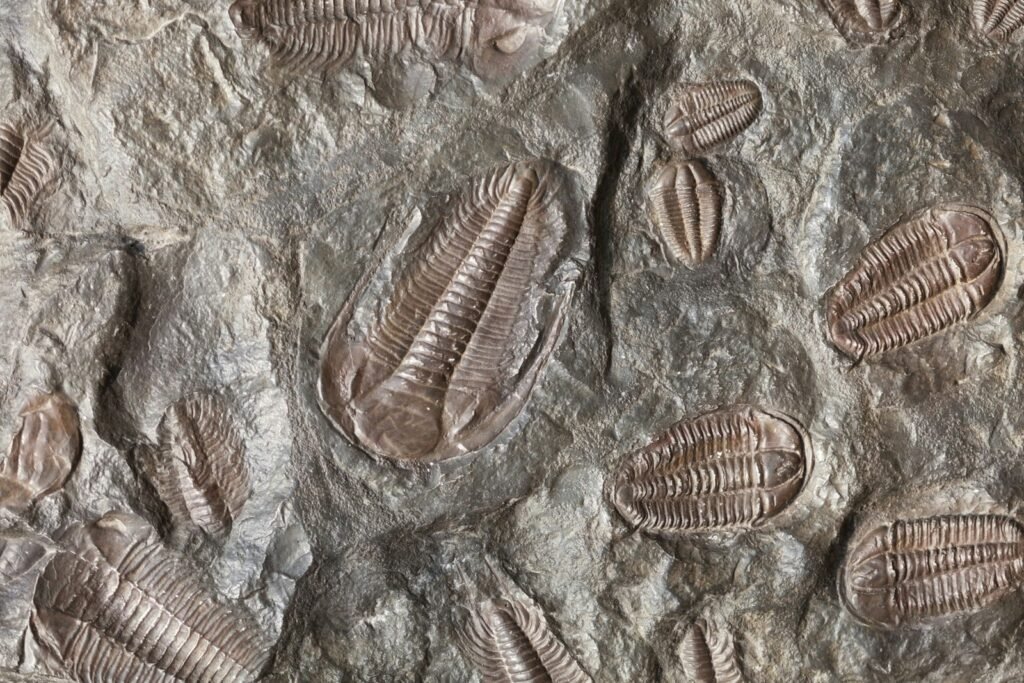Most nights, America’s only native marsupial slips under the radar, padding across fences and driveways like a commuter on the late shift. Yet new research and a clearer look at their biology reveal an animal that quietly solves problems humans struggle with – venom, disease, and urban waste among them. In a moment when public health budgets feel stretched and ecosystems feel fragile, the opossum keeps showing up with low-cost, low-drama fixes. The contradiction is irresistible: a creature many people misjudge as a nuisance turns out to be a frontline helper. If that sounds dramatic, wait until you see what’s in their blood.
Venom Neutralizers in the Blood
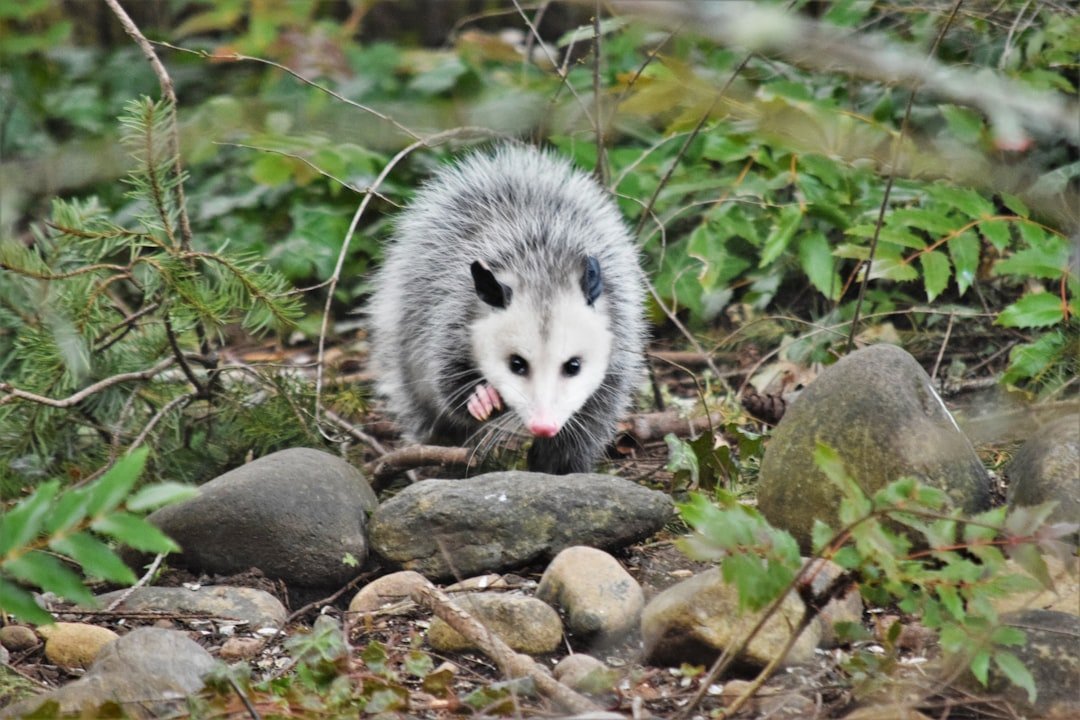
What if the scruffy, moon-eyed creature by your trash cans is quietly doing more for public health than many gadgets in your medicine cabinet? Opossums carry a remarkable serum factor that can neutralize a range of snake venoms, and labs have synthesized small peptides inspired by it that protect mice in controlled studies. This venom-thwarting ability is not a comic-book exaggeration; it’s rooted in proteins that bind and blunt toxins before they do their worst. While antivenom supply chains depend on horses and complex cold storage, opossum-derived peptides hint at faster, more stable solutions for bites in remote regions. Scientists are still mapping how broadly this protection works across venom types, but the early evidence is strong enough to push new trials forward. As someone who’s stood in field hospitals where antivenom arrived too late, I can’t shake the feeling that this marsupial holds a missing piece.
Tick Terminators of the Backyard
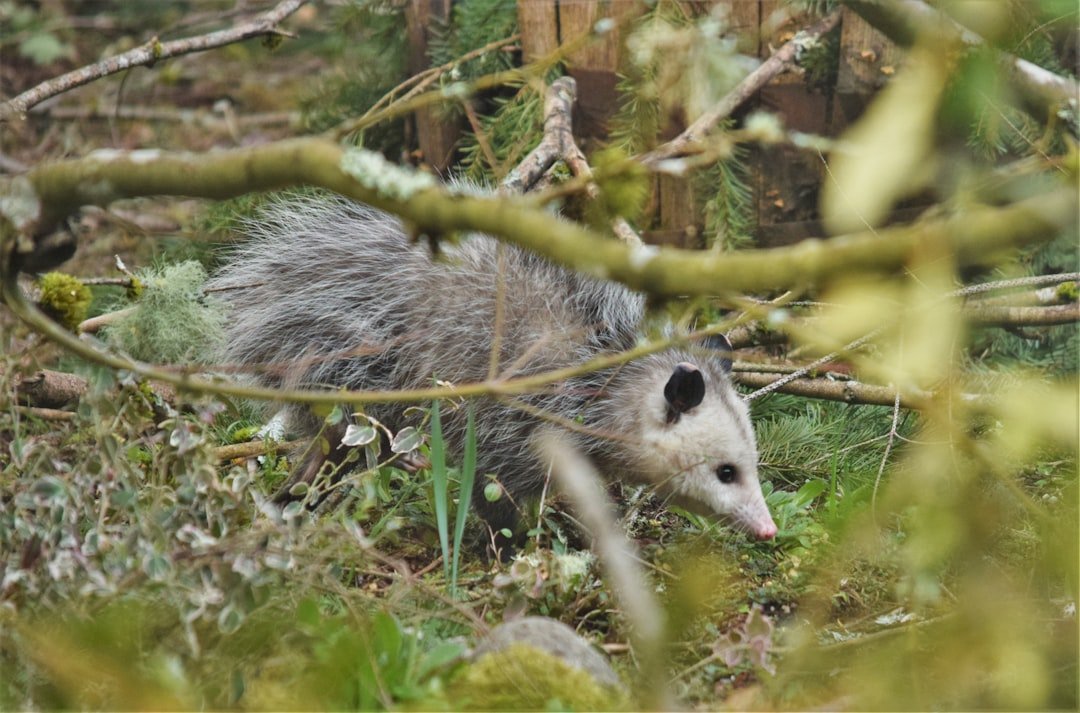
If Lyme disease feels like a creeping inevitability every summer, opossums offer a rare counterpunch hiding in plain sight. These meticulous groomers snag and kill many of the ticks that try to feed on them, turning their own fur into a trap that spares nearby wildlife and people. While opossums do remove some ticks during grooming, recent research suggests their impact on overall tick populations may be more limited than previously claimed. Unlike blanket pesticide sprays that can scorch beneficial insects, this is pest control by precision and biology. The effect isn’t magic and it varies by habitat, but it’s a living process you can support simply by letting opossums pass through your yard. I once watched one methodically comb its coat beneath a porch light – like a tiny, nocturnal quality-control officer – and understood the hype.
Almost Immune to Rabies
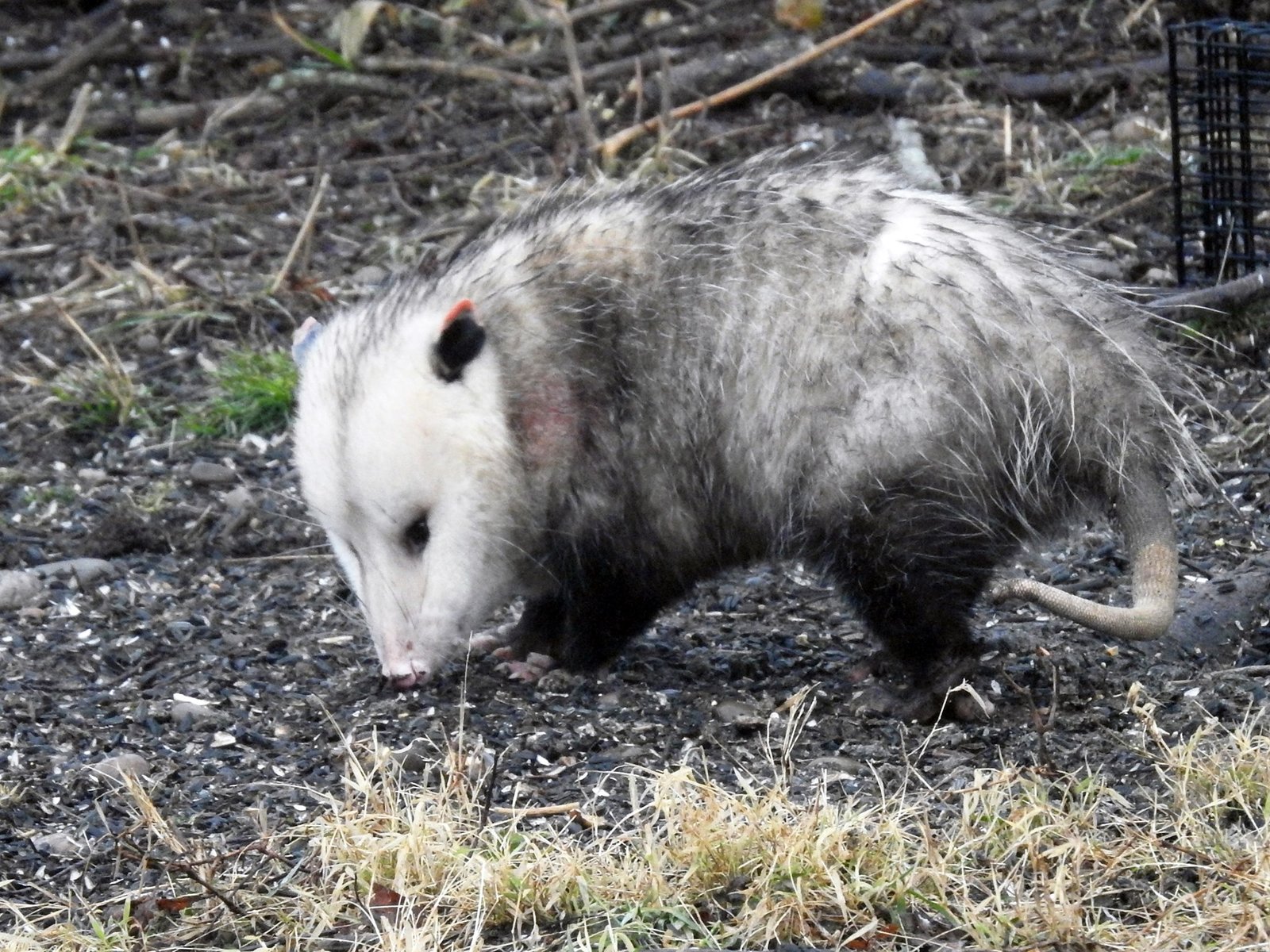
Rabies fear drives many knee-jerk calls to remove wildlife, yet opossums are a striking exception to that anxiety. Their naturally low body temperature makes it hard for the rabies virus to thrive, which is one reason documented rabies cases in opossums are exceptionally rare. Veterinarians who field urban wildlife calls often treat opossums as lower-risk than raccoons, skunks, or bats for this single, crucial reason. That doesn’t mean zero risk, but it shifts the calculus away from panic and toward coexistence. If communities knew this, fewer opossums would be trapped or harmed based on misplaced fears. In a world of misinformation spirals, a simple temperature difference becomes a quiet public health buffer.
Nature’s Night-Shift Clean-Up Crew
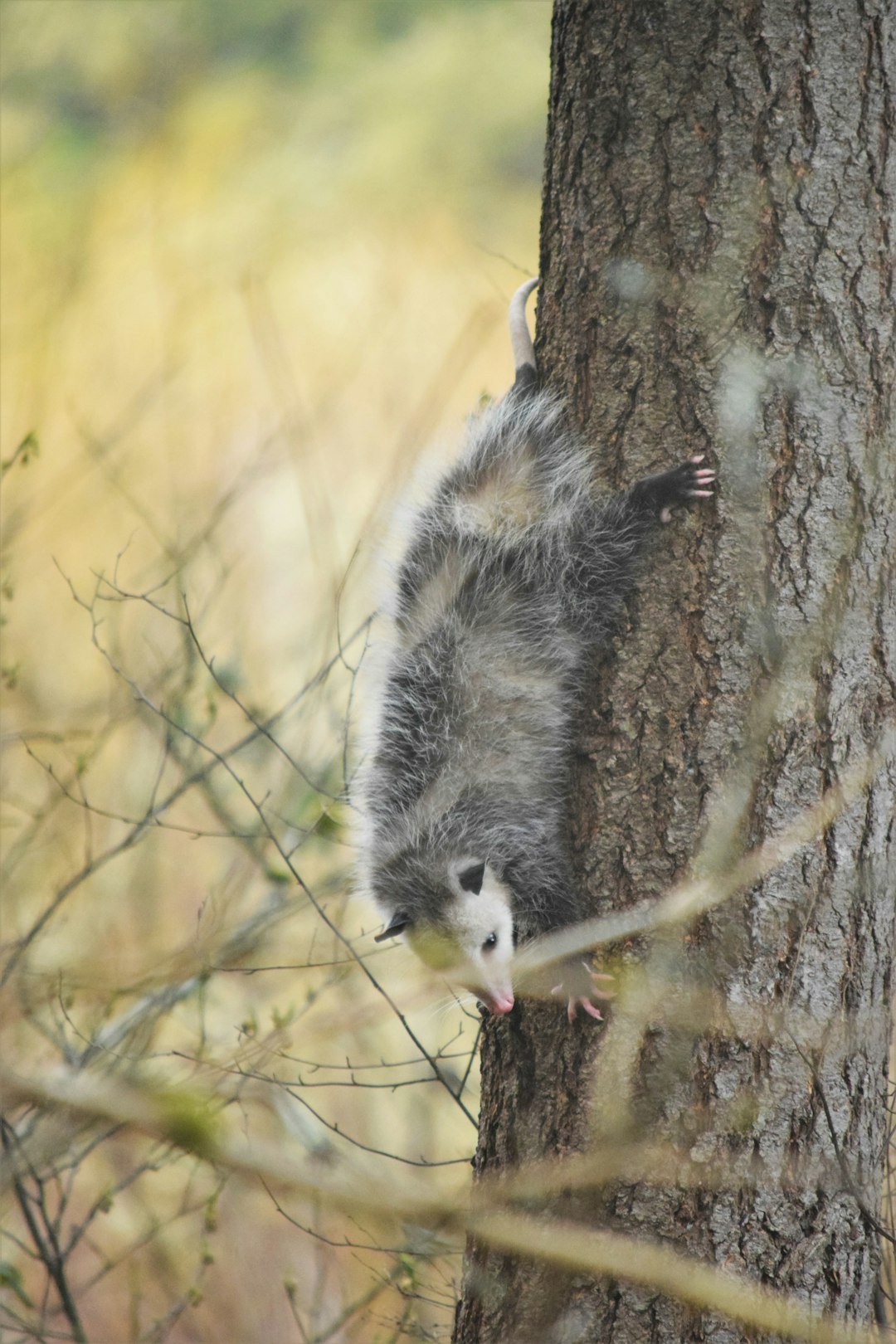
Opossums are omnivorous cleanup specialists, and that talent matters more than it sounds. They eat carrion, fallen fruit, cockroaches, slugs, snails, and even the occasional small rodent or snake, removing disease-carrying leftovers that draw flies and rats. This nightly sanitation patrol trims back the city buffet that sustains other pests, acting like a compost team with built-in legs and whiskers. Unlike traps or poisons, opossums keep working without creating new risks for children, pets, or raptors that might eat tainted prey. Their 50-tooth grin isn’t a threat; it’s a toolkit. The result is fewer festering scraps on sidewalks and fewer reasons for vermin to stick around.
Built-In Escape Artist Toolkit
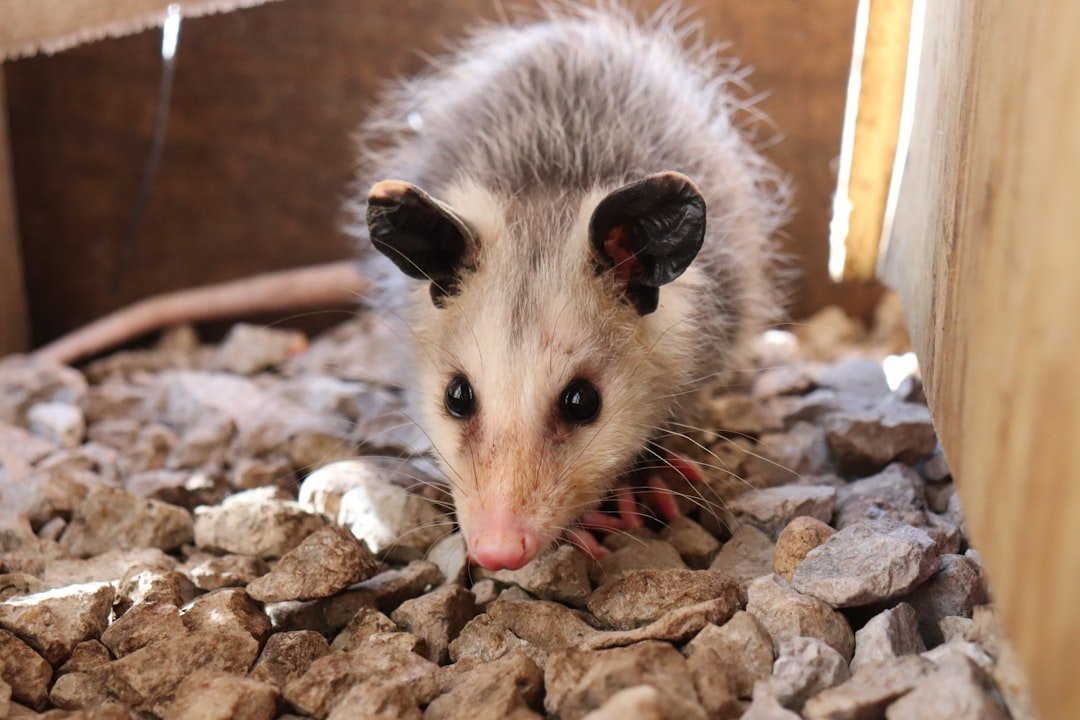
The superhero gear is literal: a prehensile tail, thumb-like toes on the hind feet, and a nervous system wired for a dramatic last-ditch defense. The famous “playing dead” isn’t theater; it’s an involuntary state that drops heart and breathing rates, drenches the body in a rancid smell, and convinces predators to move on. That buys time for survival without teeth or claws that could escalate conflict around homes. Add quiet agility in trees and under fences, and you get an animal engineered to avoid fights, not start them. This is urban wildlife that chooses de-escalation, something many larger species can’t or won’t do. In human neighborhoods, that temperament is its own kind of superpower.
Why It Matters
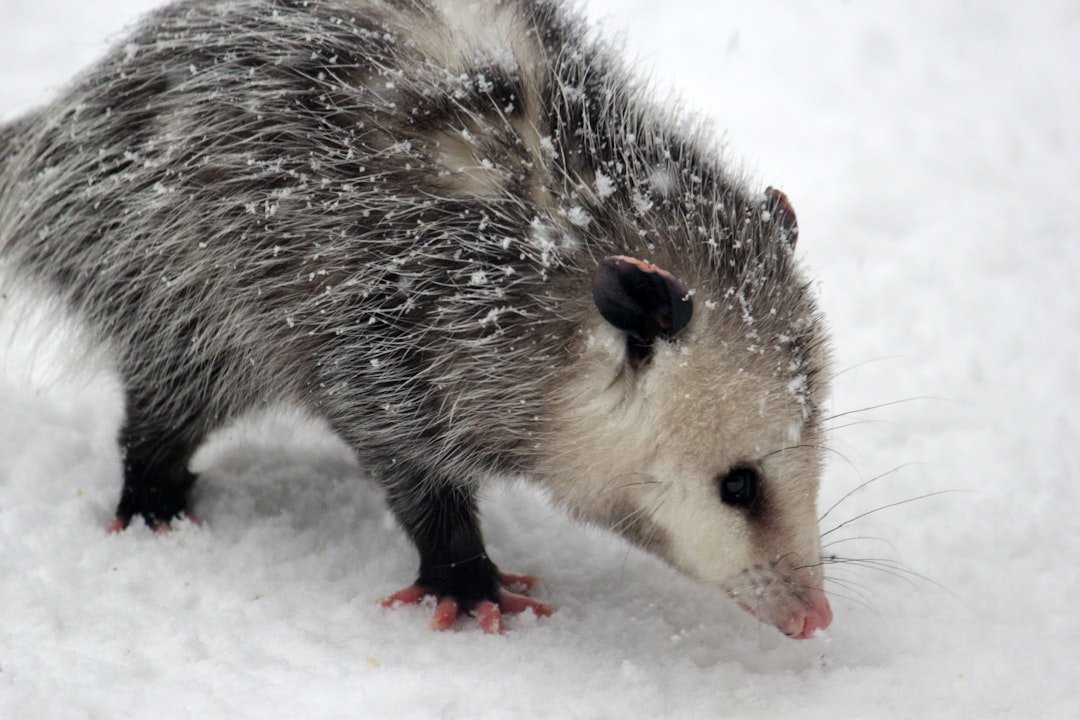
Comparing opossums with our usual tools is sobering: pesticides suppress pests broadly and can ripple through food webs, while opossums target the problem organisms as part of their biology. Medical antivenoms are lifesaving but costly and fragile, while opossum-inspired peptides could add resilient options that travel farther with fewer logistics. Public fears about rabies push expensive removal programs, whereas understanding opossums’ low rabies risk steers budgets toward education and real hotspots. In short, the opossum’s value stacks up across health, ecology, and economics without demanding new infrastructure. The wider scientific importance is simple: solutions sometimes arrive as behaviors and proteins, not hardware. Recognizing that shifts conservation from sentiment to strategy.
The Future Landscape
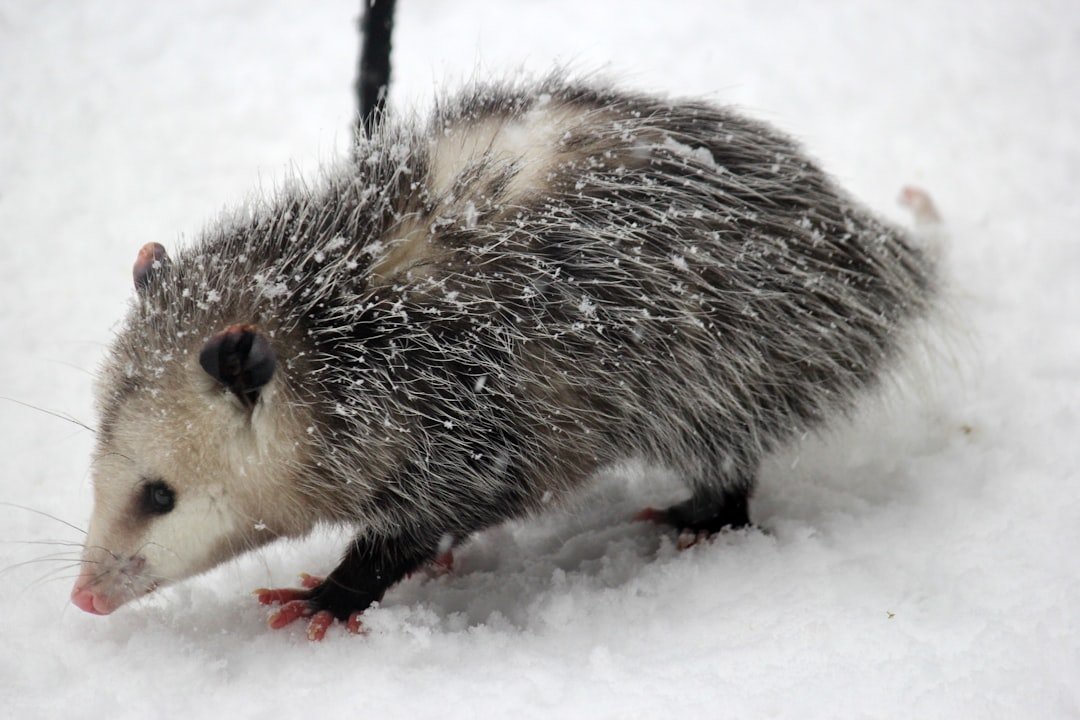
Over the next few years, watch for research teams to refine opossum-derived peptides into broader-spectrum, safer antivenom adjuncts, potentially expanding access where snakebites remain a daily threat. Urban planners and public health departments are also exploring wildlife-friendly corridors that keep animals moving while reducing collisions and property conflicts. As tick ranges expand with warmer winters, municipalities may fold opossums into integrated pest management – less spray, more habitat connectivity, better public messaging. There are hurdles: regulatory approvals for new biologics, uneven public perceptions, and development patterns that erase den sites and tree cover. Still, the upside is large for a species that asks so little and returns so much. The most realistic challenge is cultural, not scientific: learning to see value where we once saw vermin.
Call to Action
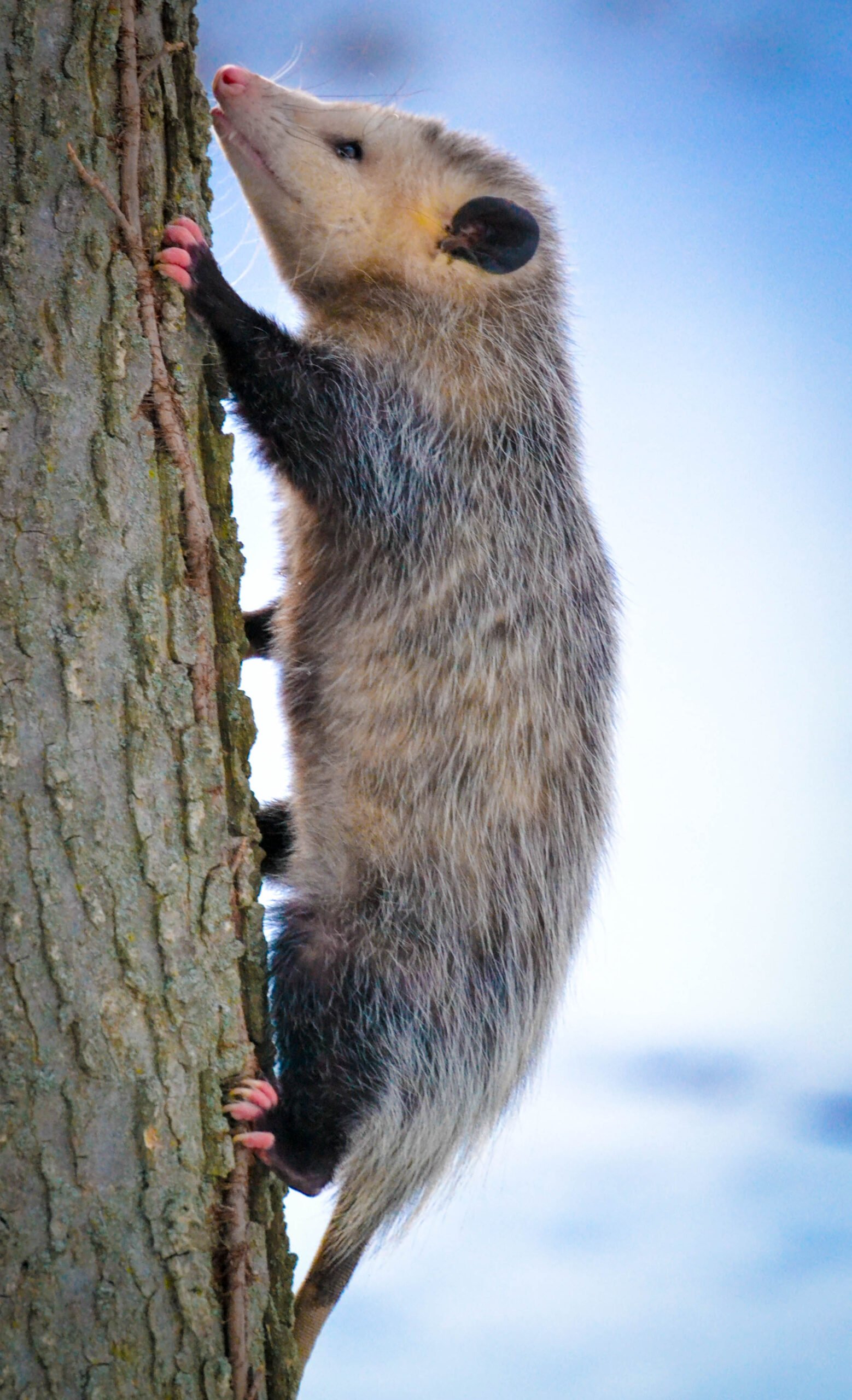
You don’t need a lab to help; you need a little patience and a plan. Keep trash secured and pet food indoors, trim netting and fence gaps that entangle wildlife, and leave a few brushy edges where opossums can pass safely. If one shows up, give it space instead of calling for removal – odds are it’s controlling pests you don’t want to meet. Drive slower at night in leafy neighborhoods and share simple facts with your neighbors about ticks and rabies risk. Support local wildlife rehab centers and research groups studying venom-neutralizing peptides and urban biodiversity. Small choices add up to healthier yards, saner cities, and fewer emergencies.

Suhail Ahmed is a passionate digital professional and nature enthusiast with over 8 years of experience in content strategy, SEO, web development, and digital operations. Alongside his freelance journey, Suhail actively contributes to nature and wildlife platforms like Discover Wildlife, where he channels his curiosity for the planet into engaging, educational storytelling.
With a strong background in managing digital ecosystems — from ecommerce stores and WordPress websites to social media and automation — Suhail merges technical precision with creative insight. His content reflects a rare balance: SEO-friendly yet deeply human, data-informed yet emotionally resonant.
Driven by a love for discovery and storytelling, Suhail believes in using digital platforms to amplify causes that matter — especially those protecting Earth’s biodiversity and inspiring sustainable living. Whether he’s managing online projects or crafting wildlife content, his goal remains the same: to inform, inspire, and leave a positive digital footprint.




